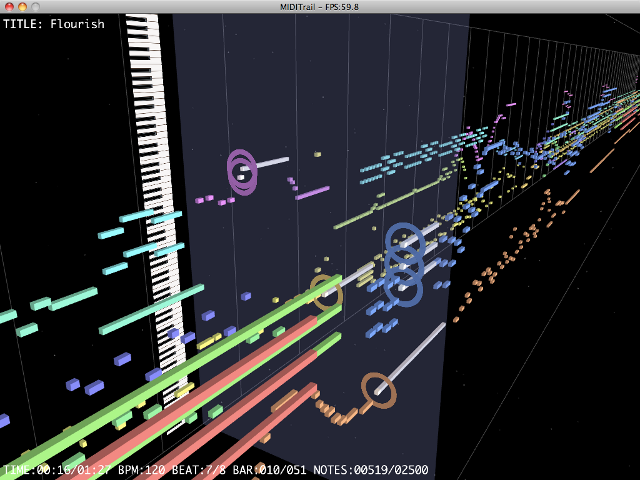


It also shows you how to change the speed and pitch of your audio file.Īmplify or Normalize Audio FilesThis video shows you how to edit the levels in your audio file using Amplify and Normalize tools.īackground Noise RemovalThis tutorial shows you how to reduce background noise in an audio file with WavePad. Trimming Audio FilesThis video shows you how to use Auto-Trim for easy audio file trimming, as well as, trimming silences and trimming based on cursor position.Ĭonnect Devices in WavePadThis video shows you how to connect devices for recording audio files in WavePad.Īdding a FadeThis video shows you how to add a Fade In, Fade Out or Fade Out and Trim to an audio file.Īdding Special Effects to AudioThis video shows you how to add audio effects to your file. It also points out the location of the ever helpful undo and redo buttons. It also shows you how to zoom to show only the selection.īasic Sound File Editor TechniquesThis video guides you through some basic editing techniques used in audio cutter software and by sound file editors, such as cut, copy, paste, delete and silence. Selecting Your WaveformThis video shows you how to select an entire file, a portion of a file and how to adjust a selection. Zoom for Precision EditingThis video shows you how to zoom in and out on your waveform, which is important in precision editing.

It also shows you how to select from multiple microphones and to make adjustments using the Windows Record Mixer for optimal settings. Record an Audio FileThis video shows you how to record a file in WavePad and points out what to watch for during recording to make sure that you are successful. Open and Play Audio FilesThis video shows you how to open files, create new projects and play audio files. In this overview of the interface, we look at the tabbed toolbar, play controls, help menu and other useful features of the main screen.

Navigating the WavePad InterfaceThis video includes a tour of the layout of WavePad. You will find the code and a way to provide feedback.Full Guide to Creating and Editing Audio with WavePadThis video shows you a full overview guide on how to create and/or edit audio files with WavePad. Here you can find the project page on github. Please feel free to contact the developer if you have any suggestions! Please also reach out to the developer if you found a bug. Please also feel free to contact the developer in case you have any ideas which could help to improve the editor or in the case you found any bugs you want the developer to fix. So, when you feel like it, pay him a coffee (or two). Moreover, the developer worked on MidiEditor in his (rare) sparetime and offers it for free. Should MidiEditor be a software which is helpful for you and which you use often, please let the developer and other users know by providing feedback. It is entirely written in C++ (Qt) and is available for the platforms Linux and Windows. MidiEditor was developed by Markus Schwenk. Tracks, channels and Midi events can be edited.can be connected to any Midi port (e.g., a digital piano or a synthesizer).Easily edits, records and plays Midi files.The recorded data can be easily quantified and edited afterwards using MidiEditor. New files can be created and the user can enter his own composition by either recording Midi data from a connected Midi device (e.g., a digital piano or a keyboard) or by manually creating new notes and other Midi events. The editor is able to open existing Midi files and modify their content. MidiEditor is a free software providing an interface to edit, record, and play Midi data.


 0 kommentar(er)
0 kommentar(er)
